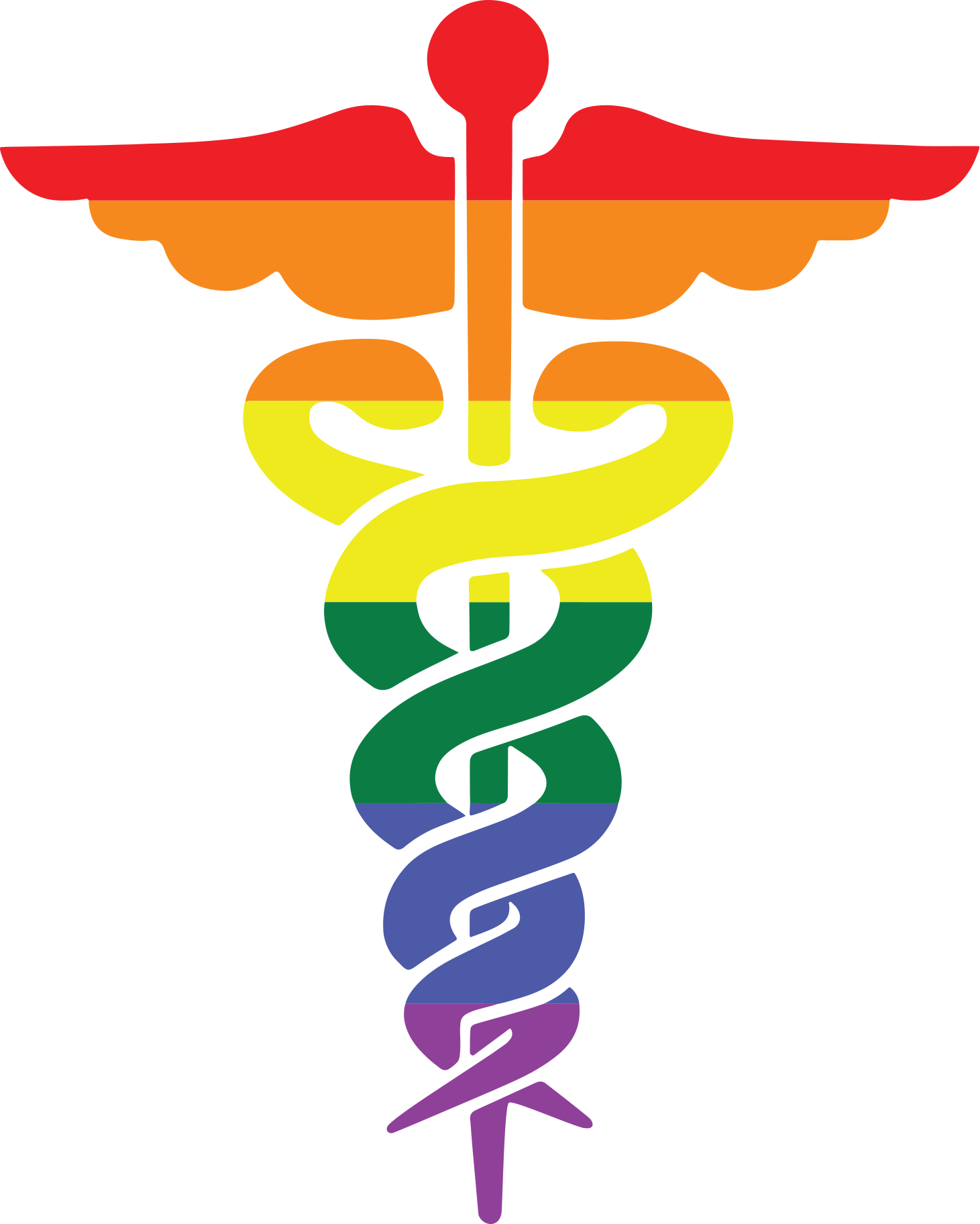Cornell Scott-Hill Health Center in New Haven, Connecticut, as a community health center, always had faced a range of treatment barriers that made it difficult, if not impossible, for patients to attend in-person appointments pre-COVID – and for which telemedicine would have been a viable alternative.
THE PROBLEM
Among these barriers: the lack of transportation or financial resources to pay for taxis or buses; lack of resources to provide child or dependent care in order to attend appointments; inability to take extra time off work to travel to in-person appointments; and physical limitations or illness that made it particularly challenging.
As a significant provider of behavioral healthcare, Cornell Scott-Hill has patients with fears or anxieties related to leaving their homes, driving, or going to healthcare facilities. It also has patients who experience paranoia when being in the community, and patients who reside in more remote areas of the state who could not easily access a behavioral health provider.
"Given the many challenges our patient population faces accessing in-person care, we have a higher no-show rate than is typical in other healthcare settings," said Dr. Mark Silvestri, chief medical officer, medical and dental services, at Cornell Scott-Hill.
"Telemedicine technology provides a viable and valuable option on both a scheduled basis as well as when patients do not show up for their scheduled in-person appointments," he continued. "If we are able to reach the patient by phone, we can, in real time, convert a scheduled in-person visit to a telemedicine visit to avoid prolonged gaps in care."
Additionally, telemedicine can provide access, where it is limited or unavailable, to certain specialists (for example, gastroenterology), which can be impacted by all of the aforementioned challenges patients face, as well as in instances where there is limited access to specialty providers geographically and/or due to insurance network limitations.
"Prior to COVID, we had very limited use of e-consults and asynchronous telehealth services to support patients' needs for certain specialty services," Silvestri noted.
Pre-COVID, there were technologies available to support telehealth, but reimbursement was not uniform nor at parity with in-person or face-to-face visits.
"Due to the social distancing and isolation required in the early stages of the COVID-19 pandemic, payment became a reality and telemedicine instantly became a viable, indeed required, option," said Bethany Kieley, COO at Cornell Scott-Hill. "Our patients depended on, and we depended on, telemedicine to provide care and treatment during COVID.
"With the resumption of in-person care, we continue to have patients who express a preference for telemedicine or who rely on it to assure continuity of care," she continued. "We are literally able to meet patients where they are, which was essential during COVID, and has continued to be valuable in both medical and behavioral healthcare since in-person care resumed."
Cornell Scott-Hill Health Center uses a combination of Doximity, Doxy.me and Zoom/MyChart Patient Portal to provide telehealth services.
PROPOSAL
Telemedicine technology has provided significantly more access to care in many ways.
"First and foremost, patients can be seen virtually while they remain in their home – eliminating the need for the physical ability to leave their home," Silvestri explained. "Patients' caregivers/supports no longer need to provide transportation to the patient, therefore, no longer requiring that appointments be scheduled to the patient's and the caregiver's availability, often no easy task.
"Patients seen virtually no longer have to bear the costs associated with transportation or hiring child/dependent care providers, to enable them to attend in-person appointments," he continued. "Patients can even be seen in very tight timeframes, such as during their lunch hours while at work, or just before work; they can reduce lost work time; and they can reduce the amount of sick/vacation time they use and/or not lose as much in wages when not working."
Patients can be seen in the safety of their homes, thereby avoiding fears/anxieties/paranoia related to past trauma or real threats in their communities to attend appointments.
"Patients residing in relatively remote areas who previously didn't have easy access to a local medical or behavioral health provider now can receive regularly scheduled treatment services at home," said Dr. Ece Tek, chief medical officer, mental health and addiction services at Cornell Scott-Hill.
Technology options that allow asynchronous access to specialty services via e-consults and tele-retinal imaging now are a standard part of care.
"E-consults, for example, allowed providers to ask targeted questions about a patient's condition, at times avoiding the need for an in-person office visit in the first place," said Dr. Michael Couturie, chief value and informatics officer at Cornell Scott-Hill.
"Tele-retinal exams performed in the patient's primary care provider's office allow patients to be screened for diabetic retinopathy, without needing to wait for an ophthalmology appointment to be available, which due to provider supply and/or insurance network restrictions can be challenging under the best of circumstances," he added.
Diabetic retinopathy screening was particularly difficult during the early COVID-19 pandemic period, but the investment in developing workflows leveraging this tool continue to reap access benefits for patients, even as the pandemic recedes, he said.
"For telemedicine services to realize the potential outlined in these numerous scenarios, the technology offered needed to be something that patients could access easily, such as on mobile or nonmobile devices, with WiFi or cell reception, and without patients needing to be technically savvy while also being HIPAA-compliant," Couturie noted..
The provider organization made the switch-over from in-person care to telemedicine at the onset of COVID nearly instantaneously, literally between a Friday and Monday in March 2020.
"When the decision was made that we needed to stop in-person visits, we developed a workflow, shared it with our staff, and Monday morning we began," Tek recalled. "For patients with access to video technology, it was a smooth transition to virtual care, including video.
"For patients who did not have access to, or who didn't have the technical savvy, to use video technology, we were and are able to conduct visits with them by phone," Tek continued. "This has been critical to allow us to continue caring for our patients."
Continue reading at www.healthcareitnews.com
Recent CSHHC News and Events



Leave Us a Review
Choose the location you visited and leave us your thoughts on Google.
For Patients
For Information
Contact Us
To book an appointment or for more information about our services, staff and locations:
Call: 203-503-3000
For clinical concerns after hours, please call 203-503-3000. Our answering service will direct your call.
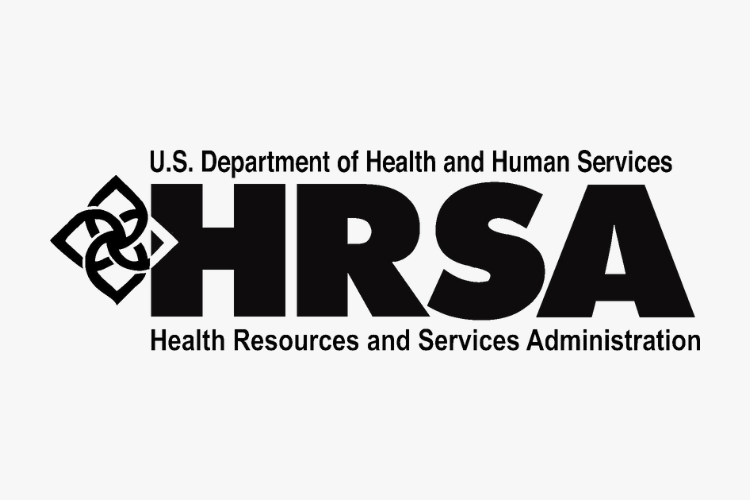
HRSA

Beautiful Woman
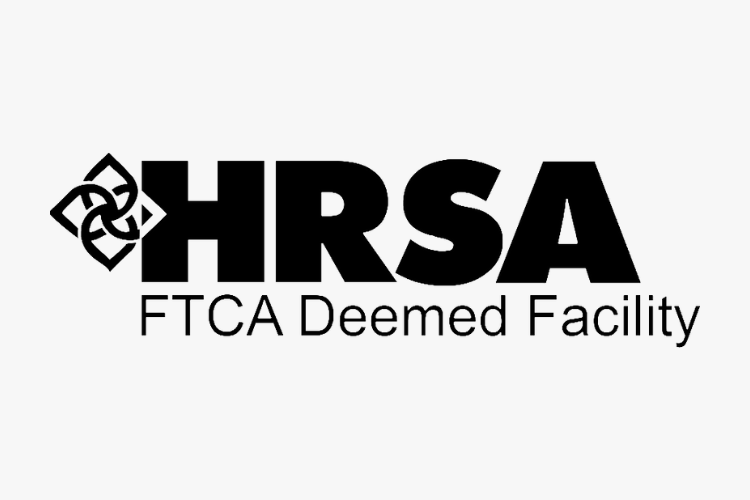
FTCA

Joint Commission
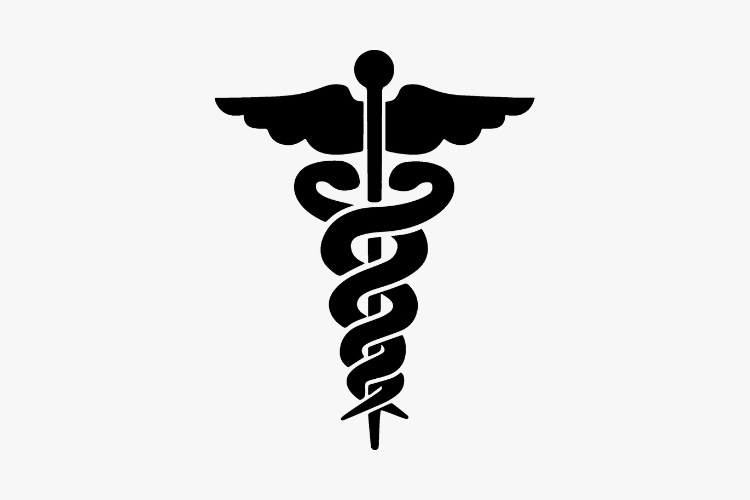
Caduceus
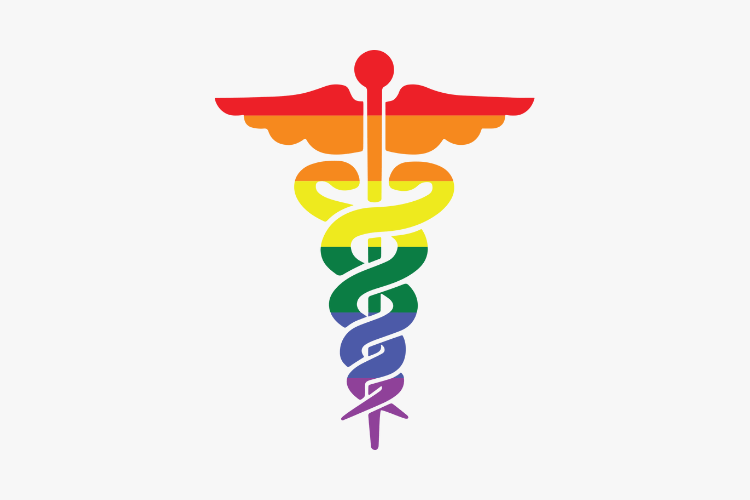
LGBT

HRSA

FTCA

Joint Commission

Caduceus



